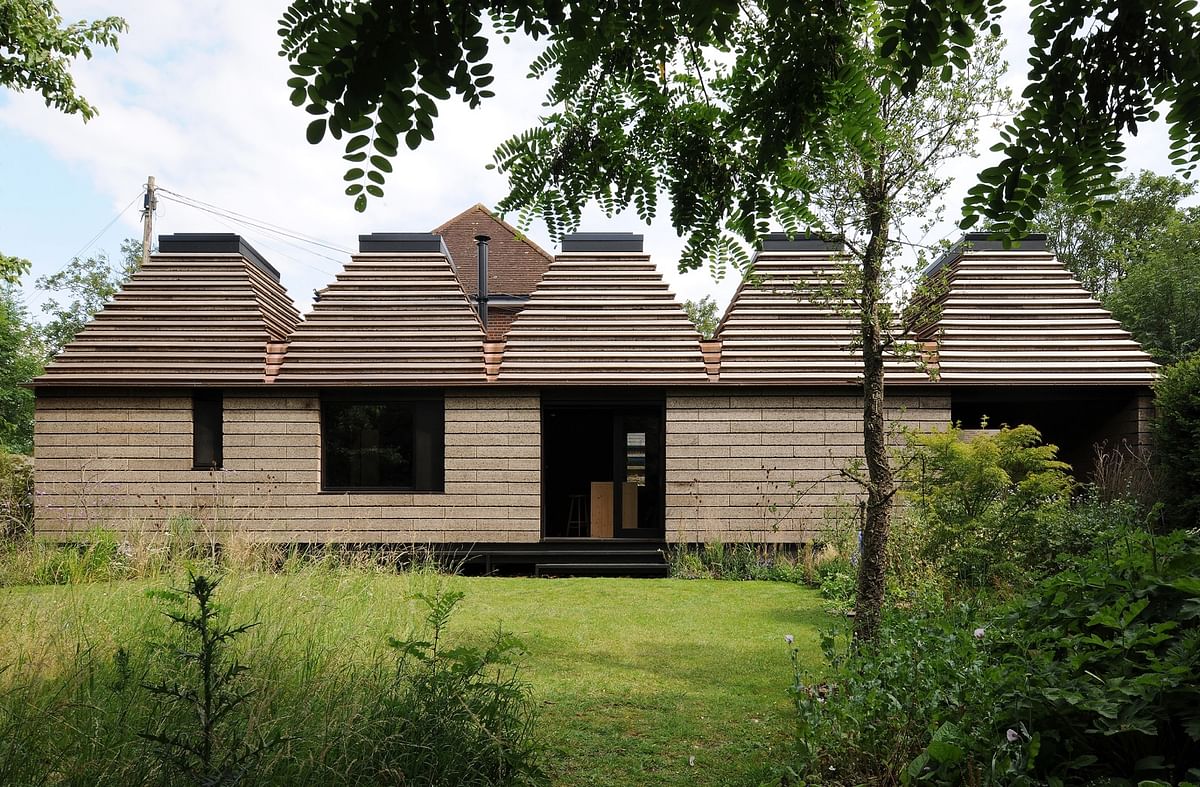
Six projects shortlisted for 2019 RIBA Stirling Prize
By Justine Testado|
Thursday, Jul 18, 2019
Related
It's one step closer to crowning the UK's best new building for 2019. Today, RIBA announced the six projects that were shortlisted for the 2019 Stirling Prize. Regarded as the UK's most prestigious accolade in architecture, the Stirling Prize is awarded to the building that has “made the biggest contribution to the evolution of architecture in a given year.” Evaluation criteria include design vision; innovation and originality; capacity to stimulate, engage and delight occupants and visitors; accessibility and sustainability; level of client satisfaction, and how fit the building is for its purpose.
“These six buildings could hardly be more diverse in typology and scale,” said RIBA President Ben Derbyshire in a statement. “But what they have in common – ground-breaking innovation, extraordinary creativity and the highest quality materials and detailing – sets them apart, rightfully earning them a chance to win the highest accolade in architecture. The ambition and commitment of the clients who commissioned the buildings is remarkable and sits at the heart of their success.”
The winner of the Stirling Prize will be announced in London on Tuesday, October 8.
Cork House, Berkshire (Architect: Matthew Barnett Howland with Dido Milne and Oliver Wilton): an ingenious, experimental, carbon-neutral private house made almost entirely from cork.
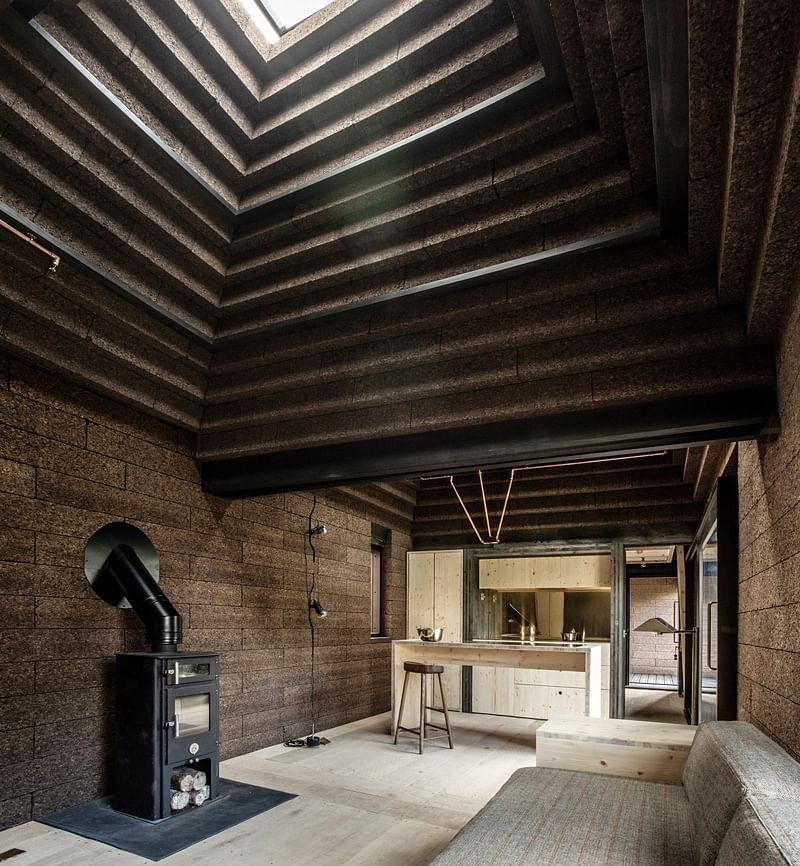
Excerpt from jury report: “Designed with immense attention to detail, Cork House is a structure of great ingenuity. Sited within the area of a Grade II Listed mill house dating back to the early nineteenth century, the Cork House beautifully reflects and respects the natural surroundings in form and construction. The ‘whole-life approach’ to sustainability truly sets this project apart. Designed, tested and developed in partnership with The Bartlett School of Architecture UCL, the collaborative teamhave delivered a project that is the first of its kind. An entirely cork construction, with solid structural cork walls and roof, the building emits next to zero carbon. The biogenic construction of prefabricated cork blocks and engineered timber is carbon negative at completion and has remarkably low whole life carbon. [...] The inventiveness lies within the structure’s ease of assembly. The whole house is ‘designed for disassembly’ and can be constructed by hand.”
The Weston, Yorkshire Sculpture Park (Architect: Feilden Fowles Architects): an exquisite new gallery nestled in the Yorkshire landscape
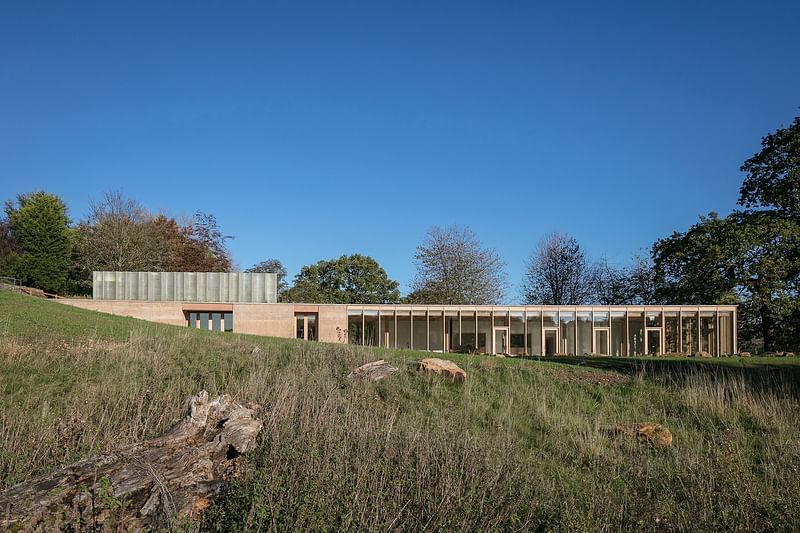
Excerpt from jury report: “The Yorkshire Sculpture Park sits in the grounds of Bretton Hall, an 18th century country park estate. Since its opening in 1977 the Sculpture Park has developed a series of indoor exhibition spaces that complement the sculpture arranged across the landscape.The Weston is the latest addition, providing a visitor centre and gallery. [...] The new building has significantly improved its immediate environment, providing a sunny west-facing terrace and giving visitors an opportunity to look across the park from its panoramic glazed wall that gently curves to embrace the landscape. The timber structure creates a warm, almost domestic, feel to the interior of the café and visitor centre.”
London Bridge Station (Architect: Grimshaw): a radical reconfiguration and development of one of London’s busiest stations with a new voluminous, light-filled concourse
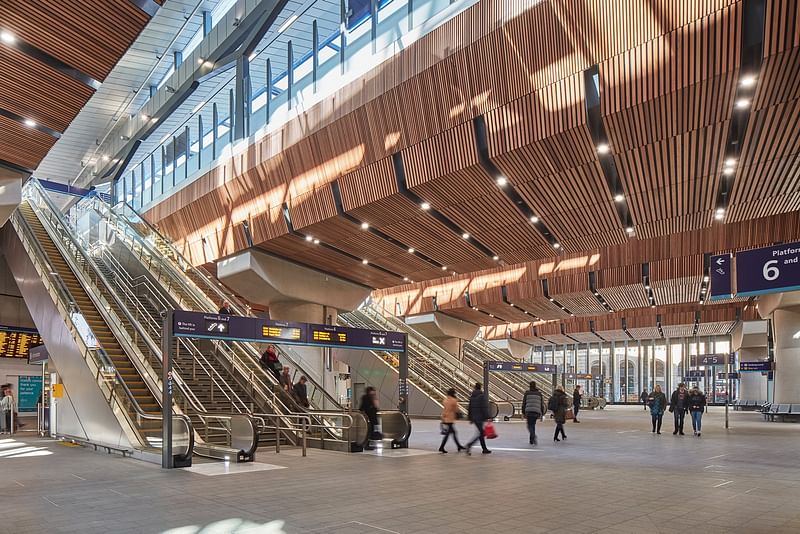
Excerpt from jury report: “This nationally significant infrastructure project delivers connectivity across a significant area of England, from the Norfolk coast to the South coast. It can comfortably accommodate current and future passenger numbers, and significantly improves the experience of those who use it daily. [...] The new Western Arcade, which connects the station to the Underground, demonstrates the sensitive reuse of the original Victorian railway arches. Modern interventions and clutter have been kept to a minimum, and new arches have been created in concrete to emphasize the difference between old and new. [...]”
The Macallan Distillery and Visitor Experience, Moray (Architect: Rogers Stirk Harbour + Partners): a dynamic, high-tech visitor centre with an undulating grass-covered roof
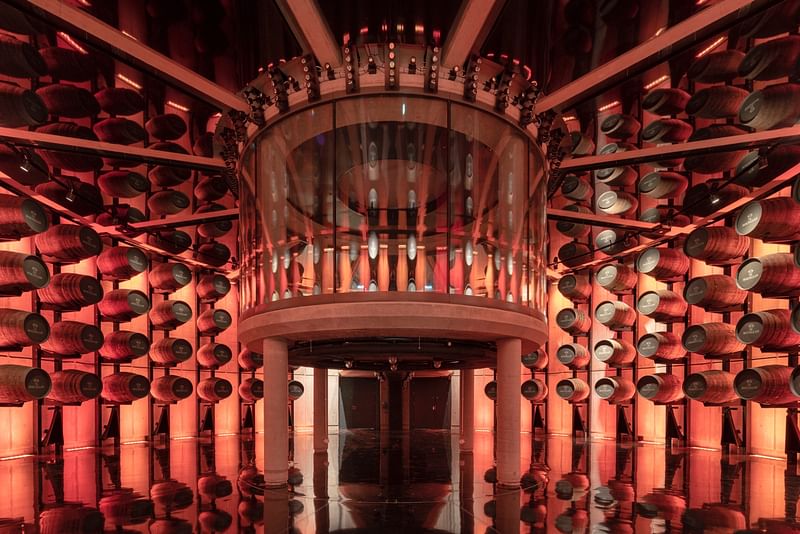
Excerpt from jury report: “The rolling roofscape of this building echoes the form of the surrounding hills and serves to successfully conceal an exceptionally well resolved and ingenious fusion of architecture, whiskey technology, and impactful interior settings displaying the heritage of the Macallan brand. A processional landscaped walkway symbolically and physically connects the 18th century laird's house to the heart of the estate with the new visitor center. The internal journey continues under a warmly lit majestic double curvature timber gridshell roof. Views through the extensive fully glazed section of the main elevation framed between the floor and the curving eaves provide a constant link between the new building and the enchanting scenery of the Spey river. [...]”
Goldsmith Street, Norwich (Architect: Mikhail Riches with Cathy Hawley): a large development of 105 highly energy-efficient homes for social rent, designed to Passivhaus standards for Norwich City Council
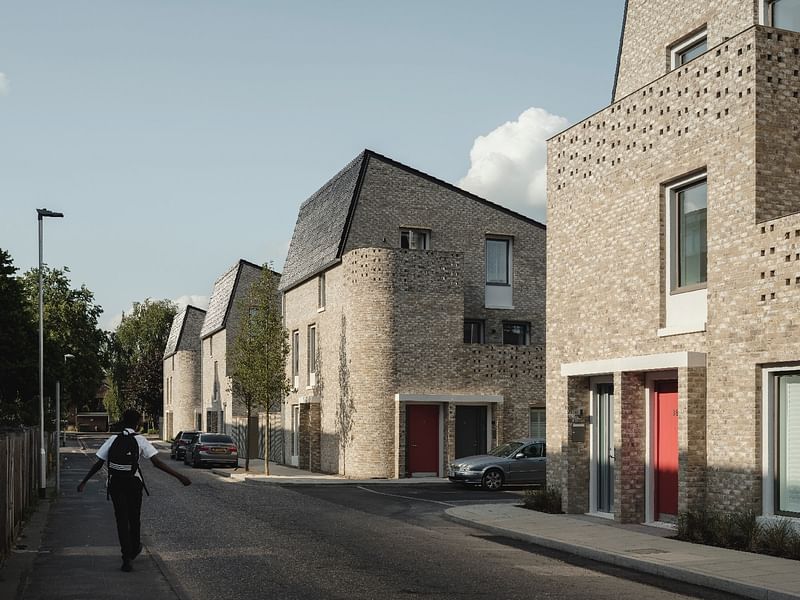
Excerpt from jury report: “Finding Goldsmith Street takes you through a very typical English Provincial City residential neighborhood. Goldsmith street is an exception though. It captures the spirit of a very special place. A coherent visual field that communicated the best of enlightened modern domestic European architecture from the outset. The more one absorbs this project, the more this feeling is reinforced. The architects won this scheme of just over a hundred dwellings a dozen years ago, and have worked and re-worked it, each time keeping their aim of creating a highly sustainable community in mind. The eventual layout is a simple series of seven terrace blocks arranged in four lines. An immediate connection with a very recognizable urban layout, the architects were able to convince the planners to accept a narrow 14m between blocks – effectively the street width –through a careful design of windows to minimize overlooking, and a very thoughtful asymmetric roof profile that allows good sunlight and daylight into the streets. The result is a very dense development, but one that is in no way oppressive.”
Nevill Holt Opera, Leicestershire (Architect: Witherford Watson Mann Architects): a contemporary opera theatre within a 17th-century stable block
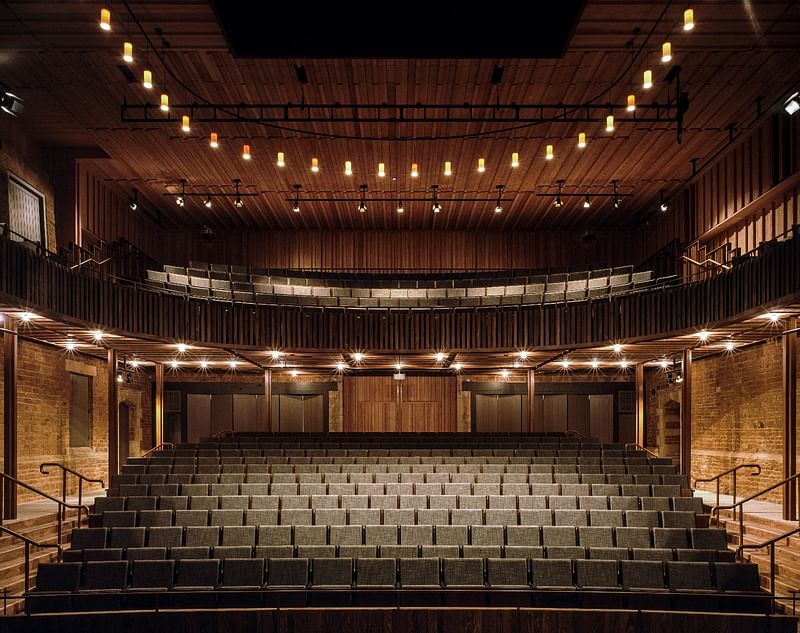
Excerpt from jury report: “Nevill Holt Opera Building is, at first interaction, a non-building, wholly hidden within the stable yard of the hall’s stable block.Following on from a forensic analysis of the history of the site the architects have approached the brief by firstly focusing on the idea of a room in stone which then has a cut in the ground that forms the stalls and orchestra pit. A series of further moves insert the seating, roof and rooflight. This creates a clear hierarchy to what is a quiet architecture, a crafted box that allows the performer to be centre stage and the proportions and inner wall of the stable block to be respected. [...] This is a project that looks effortless, yet we all know that this belies the truth. The modesty, craftsmanship, care and attention that have been applied here are exceptional.”

Share
0 Comments
Comment as :